Home>diy>Planning & Engineering>Which Is The Best Example Of Zoning?
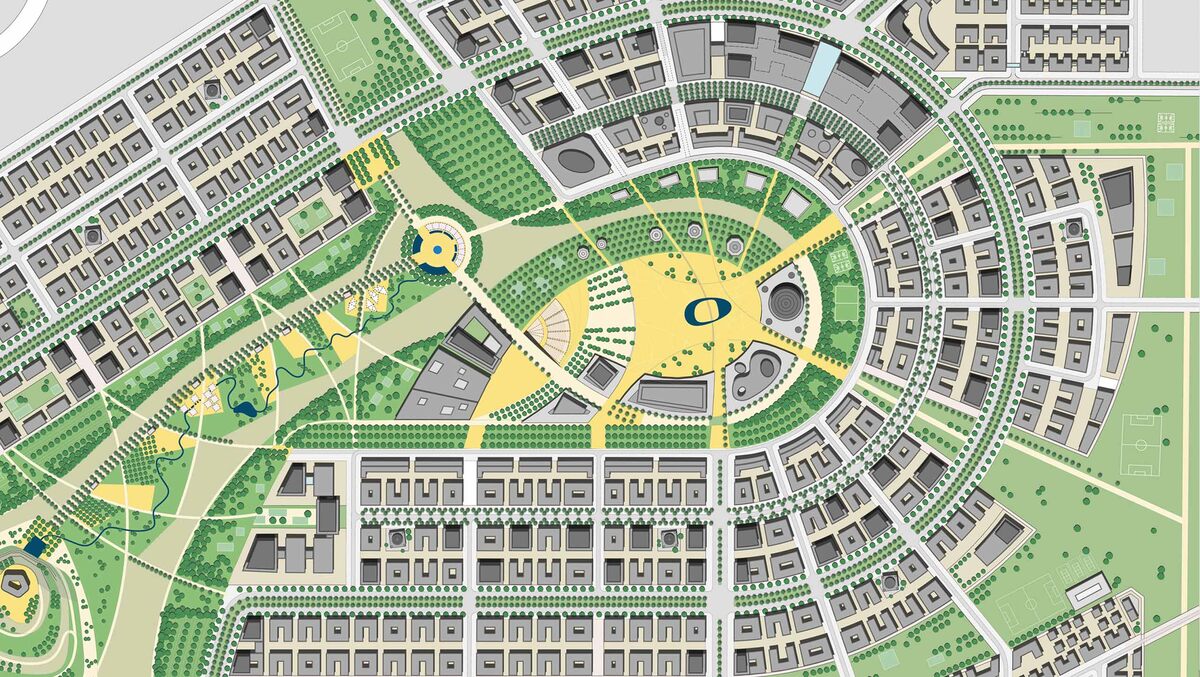

Planning & Engineering
Which Is The Best Example Of Zoning?
Modified: May 6, 2024
Find the best example of zoning in planning-engineering. Explore the top practices and strategies for effective zoning implementation.
(Many of the links in this article redirect to a specific reviewed product. Your purchase of these products through affiliate links helps to generate commission for Storables.com, at no extra cost. Learn more)
Introduction
Welcome to this comprehensive article on zoning examples and discussing which one is the best. Zoning is a crucial aspect of urban planning and plays a significant role in shaping the growth and development of cities. It entails dividing a region or municipality into different zones based on specific guidelines and regulations. These regulations determine how land can be utilized, the types of buildings allowed, and the activities permitted in each zone.
The purpose of zoning is to create an organized and balanced urban environment by separating incompatible land uses, such as residential, commercial, industrial, and recreational areas. It aims to promote public safety, protect property values, and ensure the harmonious coexistence of different land uses within a city.
When evaluating zoning examples, several factors need to be considered to determine which one is the best. These factors include flexibility, adaptability, sustainability, community engagement, and the successful implementation and enforcement of regulations. Each city’s zoning regulations are unique and tailored to meet the specific needs and characteristics of the community it serves.
In this article, we will explore five different examples of zoning regulations from various cities. By examining their unique features and evaluating their effectiveness, we can gain valuable insights into the best practices and potential areas for improvement in urban zoning.
Key Takeaways:
- Zoning regulations are crucial for creating organized, balanced, and sustainable urban environments. Factors such as flexibility, sustainability, and community engagement play a vital role in evaluating the effectiveness of zoning examples.
- Cities can learn from successful zoning examples, such as those emphasizing mixed-use development, historic preservation, inclusivity, sustainability, and community engagement. Incorporating these elements can lead to more vibrant, livable, and resilient communities.
Definition of Zoning
Zoning is a regulatory system that divides a municipality or region into separate zones or districts, each with its own set of rules and guidelines. These regulations aim to control land use and development within a city, ensuring compatibility and harmony between different activities and land uses.
The purpose of zoning is to promote orderly development, protect property values, and create a balanced and sustainable urban environment. It involves categorizing land into different zones based on factors such as land use, density, building height, setbacks, and parking requirements. Each zone is designated for specific uses, such as residential, commercial, industrial, recreational, or agricultural.
Zoning regulations set forth guidelines and restrictions for each zone, governing the type of structures that can be built, the purposes they serve, and the activities they allow. For example, residential zones typically permit single-family homes, multi-family buildings, or apartment complexes, while commercial zones may allow for retail stores, offices, or restaurants.
Additionally, zoning codes often include provisions related to setbacks, which determine the distance between buildings and property lines; building height limits to maintain aesthetic appeal and ensure compatibility with the surrounding area; parking requirements to accommodate vehicles associated with the specific land use; and other regulations that promote safety, environmental sustainability, and public welfare.
Zoning is implemented and enforced by local government bodies, such as planning departments or zoning boards. These authorities review development plans, issue permits, and enforce compliance with zoning regulations. They also have the authority to modify zoning regulations, responding to changing needs and circumstances within the community.
Overall, zoning is a vital tool for guiding urban development, managing land use conflicts, and creating vibrant and livable communities. It serves as a framework for sustainable growth and ensures that cities and their neighborhoods evolve in a way that benefits the residents and the environment.
Factors to Consider in Evaluating Zoning Examples
When evaluating zoning examples, several factors come into play that help determine the effectiveness and suitability of a city’s zoning regulations. Considering these factors can provide valuable insights into the strengths and weaknesses of a particular zoning system. Here are some key factors to consider:
- Flexibility: A good zoning example should exhibit a certain degree of flexibility to accommodate changing needs and market trends. The ability to adapt to evolving circumstances ensures that zoning can effectively support economic growth, urban revitalization, and community development.
- Adaptability: Zoning regulations should be adaptable to specific geographic features, topography, and existing land uses within a city. Taking into account the unique characteristics of the area allows for a more appropriate and context-sensitive approach to zoning.
- Sustainability: A well-designed zoning example should incorporate sustainable practices and promote environmentally friendly development. This includes considerations such as energy efficiency, green spaces, stormwater management, and the preservation of natural resources.
- Community Engagement: Zoning should involve meaningful community engagement and participation. Inclusive public input processes, public hearings, and opportunities for citizen involvement ensure that zoning decisions reflect the needs and desires of the residents. This helps foster a sense of ownership and promotes a sense of place within the community.
- Implementation and Enforcement: The effectiveness of zoning regulations lies heavily on the proper implementation and enforcement of the rules. Strong enforcement mechanisms, regular inspections, and penalties for non-compliance are essential to maintain the integrity and effectiveness of zoning regulations.
Each of these factors plays a crucial role in evaluating the success of a city’s zoning example. The best zoning systems strike a balance between ensuring predictability and providing flexibility, fostering sustainable development, including the community in the decision-making process, and effectively enforcing the regulations.
By carefully considering these factors, urban planners, policymakers, and community members can identify areas of improvement and strive towards creating zoning regulations that effectively meet the needs of the present and future generations.
Example 1: City A’s Zoning Regulations
City A’s zoning regulations serve as an excellent example due to their forward-thinking and comprehensive approach towards urban planning. These regulations display a high level of flexibility, adaptability, and sustainability, making City A a model for other cities to follow.
One notable aspect of City A’s zoning regulations is their emphasis on mixed-use development. The city recognizes the importance of fostering vibrant, walkable neighborhoods that combine residential, commercial, and recreational elements. This approach promotes a sense of community, reduces the need for long commutes, and supports local businesses by providing a customer base within close proximity.
In terms of sustainability, City A’s zoning regulations prioritize environmental considerations. The city encourages green building practices, energy-efficient design, and the use of renewable energy sources. It also mandates the preservation of open spaces, parks, and natural resources, creating a harmonious balance between urban development and the natural environment.
City A’s zoning regulations also incorporate a robust public participation process. The city actively engages with residents through community forums, public hearings, and open houses to gather input and feedback on proposed zoning changes. This ensures that the regulations reflect the desires and aspirations of the community, creating a sense of ownership and collective responsibility for the city’s development.
Furthermore, City A effectively implements and enforces its zoning regulations. The city employs a dedicated team of zoning inspectors who conduct regular inspections and ensure compliance with the regulations. Penalties for non-compliance are strictly enforced, creating a culture of adherence to the zoning guidelines.
In summary, City A’s zoning regulations showcase a holistic and progressive approach to urban planning. The city’s focus on mixed-use development, sustainability, community engagement, and effective implementation sets a higher standard for other municipalities to aspire to. By adopting similar principles and practices, cities can create more livable, resilient, and inclusive communities.
Example 2: City B’s Zoning Regulations
City B’s zoning regulations exemplify a well-balanced approach to managing land use and development within the city. These regulations focus on preserving the unique character of different neighborhoods while also accommodating growth and economic development.
One noteworthy aspect of City B’s zoning regulations is their emphasis on historic preservation. The city recognizes the value of its historical buildings and districts and has implemented zoning guidelines to protect and maintain them. This not only preserves the city’s cultural heritage but also attracts tourism and enhances the overall aesthetic appeal of the city.
In terms of land use, City B’s zoning regulations effectively separate residential, commercial, and industrial areas to minimize conflicts between incompatible uses. Residential neighborhoods are zoned to ensure a peaceful living environment, with regulations on building height and setbacks to maintain the privacy and aesthetic value of the community. Commercial and industrial zones are strategically located to promote economic growth while minimizing adverse impacts on residential areas.
City B also prioritizes green spaces and open areas within its zoning regulations. Parks, playgrounds, and recreational facilities are given designated zones to ensure residents have access to recreational activities and natural environments. This promotes the health and well-being of residents while enhancing the overall quality of life in the city.
Furthermore, City B’s zoning regulations emphasize the importance of sustainable design and development. The city encourages energy-efficient buildings, green infrastructure, and sustainable landscaping practices to minimize the environmental impact of new construction. Additionally, the regulations promote sustainable transportation options such as bike lanes and pedestrian-friendly streets, reducing reliance on private vehicles and promoting a more sustainable and livable city.
Overall, City B’s zoning regulations showcase a thoughtful approach to managing land use, preserving historical heritage, and promoting sustainable development. The balanced approach to zoning ensures that the city can grow and adapt while preserving its unique character and enhancing the quality of life for its residents. By implementing similar zoning practices, other cities can learn from City B’s successes and work towards creating more sustainable and livable communities.
When looking for the best example of zoning, consider the city of Portland, Oregon. It is often cited as a model for its comprehensive and innovative zoning regulations that prioritize sustainability and walkability.
Example 3: City C’s Zoning Regulations
City C’s zoning regulations provide an excellent example of promoting inclusive and equitable development within the city. These regulations prioritize the creation of diverse and accessible neighborhoods, ensuring that all residents have equal opportunities and access to essential amenities.
One key highlight of City C’s zoning regulations is their focus on mixed-income housing. The city recognizes the importance of addressing housing affordability and aims to create diverse neighborhoods that offer housing options for residents of all income levels. This approach fosters social integration, reduces segregation, and promotes economic diversity within the community.
In addition to mixed-income housing, City C’s zoning regulations prioritize the provision of public spaces and amenities. The city ensures that each neighborhood has access to parks, community centers, schools, and other essential facilities. This promotes community engagement, enhances quality of life, and creates a sense of belonging among residents.
City C’s zoning regulations also emphasize the incorporation of sustainable design principles. The city encourages the use of energy-efficient materials, renewable energy sources, and green building practices in new construction projects. Furthermore, the regulations incentivize the preservation of green spaces, wetlands, and natural habitats, contributing to the city’s overall environmental sustainability.
Furthermore, City C’s zoning regulations actively promote accessible transportation options. The city encourages the development of pedestrian-friendly streets, bike lanes, and public transit infrastructure. This reduces dependency on private vehicles, improves air quality, and enhances mobility for all residents, including those with disabilities.
City C also prioritizes public participation and community engagement throughout the zoning process. The city holds regular community meetings, solicits public feedback on proposed zoning changes, and establishes partnerships with local organizations and neighborhood associations. This inclusive approach ensures that the needs and aspirations of the community are integrated into the zoning regulations.
In summary, City C’s zoning regulations exemplify a commitment to inclusive and equitable development. By prioritizing mixed-income housing, public amenities, sustainable design, and accessible transportation, the city fosters a sense of belonging, promotes social integration, and strives for environmental sustainability. Other cities can learn from City C’s example to create more inclusive and equitable communities that benefit all residents.
Example 4: City D’s Zoning Regulations
City D’s zoning regulations offer a prime example of a city that prioritizes sustainability and environmentally-friendly development. These regulations demonstrate a commitment to balancing urban growth with the preservation of natural resources and promoting a sustainable future.
One prominent feature of City D’s zoning regulations is their emphasis on conservation and open space preservation. The city designates specific zones for the protection of ecologically sensitive areas, such as wetlands, forests, and wildlife habitats. These zones ensure the long-term preservation of crucial natural resources and contribute to the overall biodiversity and ecological resilience of the city.
City D’s zoning regulations also encourage energy efficiency and green building practices. The city promotes sustainable design principles, incentivizing the use of renewable energy sources, green roofs, water-saving features, and the integration of native plants in landscaping. These measures help reduce the environmental impact of new developments, mitigate climate change effects, and enhance the overall sustainability of the city.
In addition, City D implements smart growth strategies within its zoning regulations. The city prioritizes compact and walkable neighborhoods, denser development near transit hubs, and mixed-use zones to promote economic vitality and reduce reliance on private vehicles. This approach fosters a sense of community, supports local businesses, and reduces the carbon footprint associated with transportation.
Furthermore, City D’s zoning regulations prioritize the use of sustainable and resilient infrastructure. The city promotes the implementation of green infrastructure solutions, such as rain gardens and permeable pavements, to manage stormwater runoff effectively. Additionally, the city encourages the installation of renewable energy systems, such as solar panels, and the use of energy-efficient technologies in building construction.
City D’s zoning regulations also emphasize the importance of public engagement and participation. The city actively involves residents, community organizations, and stakeholders in the zoning process, soliciting input and feedback on proposed changes. This inclusive approach ensures that the regulations reflect the needs and aspirations of the community and enhances transparency and accountability in decision-making processes.
In summary, City D’s zoning regulations serve as an exceptional model for cities aiming to prioritize sustainability and environmental stewardship. By incorporating strategies for conservation, green building practices, smart growth, and public participation, City D demonstrates its commitment to creating a sustainable and resilient urban environment. Other cities can draw inspiration from City D’s example to establish zoning regulations that prioritize the well-being of both the community and the natural environment.
Example 5: City E’s Zoning Regulations
City E’s zoning regulations provide an exemplary model of how a city can prioritize community well-being, inclusivity, and social sustainability within its urban planning. These regulations go beyond land use and development by incorporating measures to enhance the overall quality of life and promote a thriving community.
One notable aspect of City E’s zoning regulations is their emphasis on mixed-use neighborhoods. The city recognizes the value of diverse and vibrant communities and encourages the integration of residential, commercial, and recreational elements in each neighborhood. This approach fosters a sense of connectivity, encourages walkability, and supports local businesses and services, creating a more lively and inclusive urban environment.
City E’s zoning regulations also prioritize social equity and affordable housing. The city includes provisions for the development of mixed-income housing, aiming to provide housing options for residents of varying income levels. This commitment to affordability promotes socioeconomic diversity, reduces segregation, and ensures that all residents can enjoy the benefits of living in the city.
In addition, City E’s zoning regulations promote community amenities and public spaces. The city mandates the inclusion of parks, playgrounds, community centers, and green spaces in every neighborhood to enhance residents’ access to recreational opportunities and social interaction. This focus on community spaces encourages a sense of belonging, fosters social connections, and enriches the overall quality of life for residents.
City E’s zoning regulations also support sustainable transportation options. The city invests in pedestrian-friendly infrastructure, bike lanes, and public transit systems to promote alternatives to private vehicle use. This emphasis on sustainable transportation reduces congestion, improves air quality, and enhances the overall livability of the city while minimizing its environmental impact.
Furthermore, City E prioritizes community engagement in its zoning process. The city actively involves residents, neighborhood associations, and community organizations through public meetings, workshops, and forums to gather input and feedback on proposed zoning changes. This inclusive approach ensures that the regulations reflect the desires and priorities of the community, fostering a sense of ownership and active participation in the city’s development.
In summary, City E’s zoning regulations exemplify a holistic and people-centered approach to urban planning. By emphasizing mixed-use neighborhoods, affordable housing, community amenities, sustainable transportation, and community engagement, the city prioritizes the well-being and inclusivity of its residents. Other cities can learn from City E’s example to create more livable, equitable, and vibrant communities.
Conclusion
Zoning regulations play a crucial role in shaping the growth and development of cities. By dividing land into different zones based on specific guidelines, cities can create organized, balanced, and sustainable urban environments. In evaluating various zoning examples, several factors emerged that can help determine the effectiveness and suitability of a city’s regulations.
Flexibility and adaptability are key factors to consider, as zoning regulations should be able to accommodate changing needs and market trends. Sustainability is also vital, with regulations that promote environmentally friendly practices and the preservation of natural resources. Additionally, an emphasis on community engagement ensures that zoning decisions reflect the desires and aspirations of the residents, fostering a sense of ownership and collective responsibility.
Each of the examples explored – City A, City B, City C, City D, and City E – provides valuable insights into different aspects of zoning regulations. City A’s focus on mixed-use development, City B’s emphasis on historic preservation, City C’s commitment to inclusive and equitable development, City D’s prioritization of sustainability, and City E’s people-centered approach all showcase various strengths in zoning strategies.
By evaluating these examples, cities can learn from the successes and best practices of others. Incorporating elements such as mixed-use development, historic preservation, inclusivity, sustainability, and community engagement into zoning regulations can help create more vibrant, livable, and resilient communities.
In conclusion, effective and well-planned zoning regulations are essential in guiding urban development and ensuring a harmonious and sustainable coexistence of different land uses within a city. By considering the factors discussed and drawing inspiration from successful examples, cities can continue to evolve and plan for a future that meets the needs and aspirations of their residents while promoting social, economic, and environmental well-being.
Curious about the specifics of different zoning types? Dive into our in-depth discussions. For those interested in business developments, our article on "commercial zoning" reveals how such areas are designated and regulated, crucial for any budding or established entrepreneur. Meanwhile, our "mixed-use zoning" piece covers environments where residential spaces blend seamlessly with commercial and industrial zones, fostering a vibrant community atmosphere. Both articles provide valuable insights into the intricacies of urban planning and its impact on daily life and business operations.
Frequently Asked Questions about Which Is The Best Example Of Zoning?
Was this page helpful?
At Storables.com, we guarantee accurate and reliable information. Our content, validated by Expert Board Contributors, is crafted following stringent Editorial Policies. We're committed to providing you with well-researched, expert-backed insights for all your informational needs.

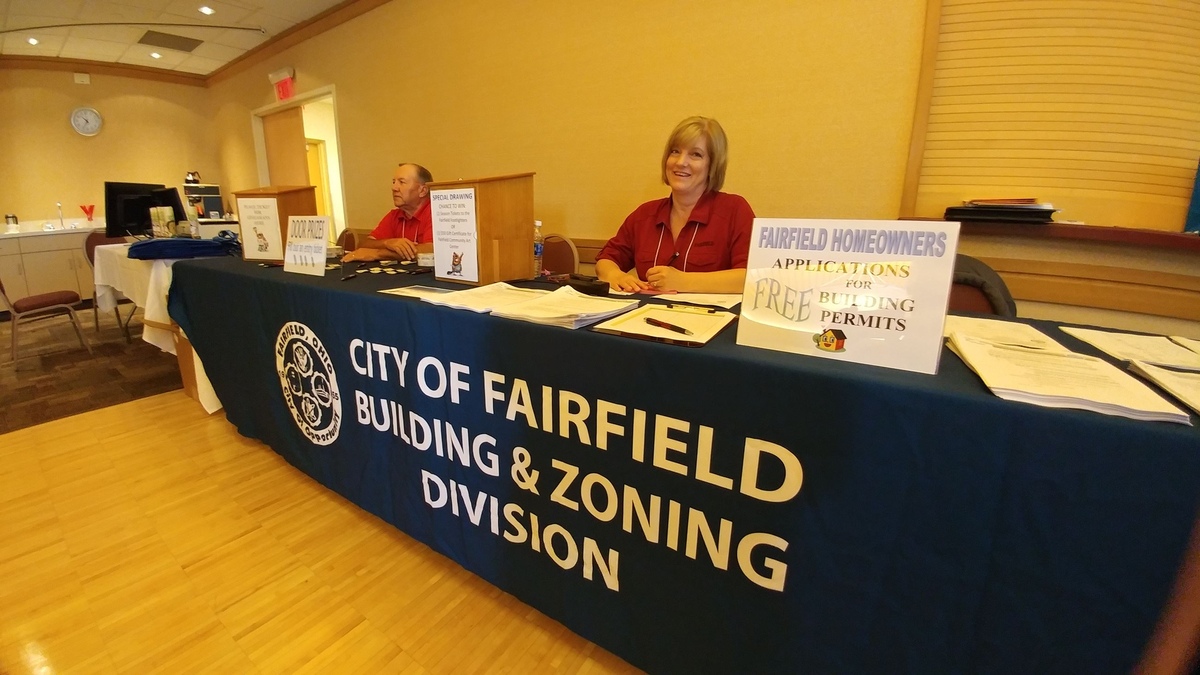


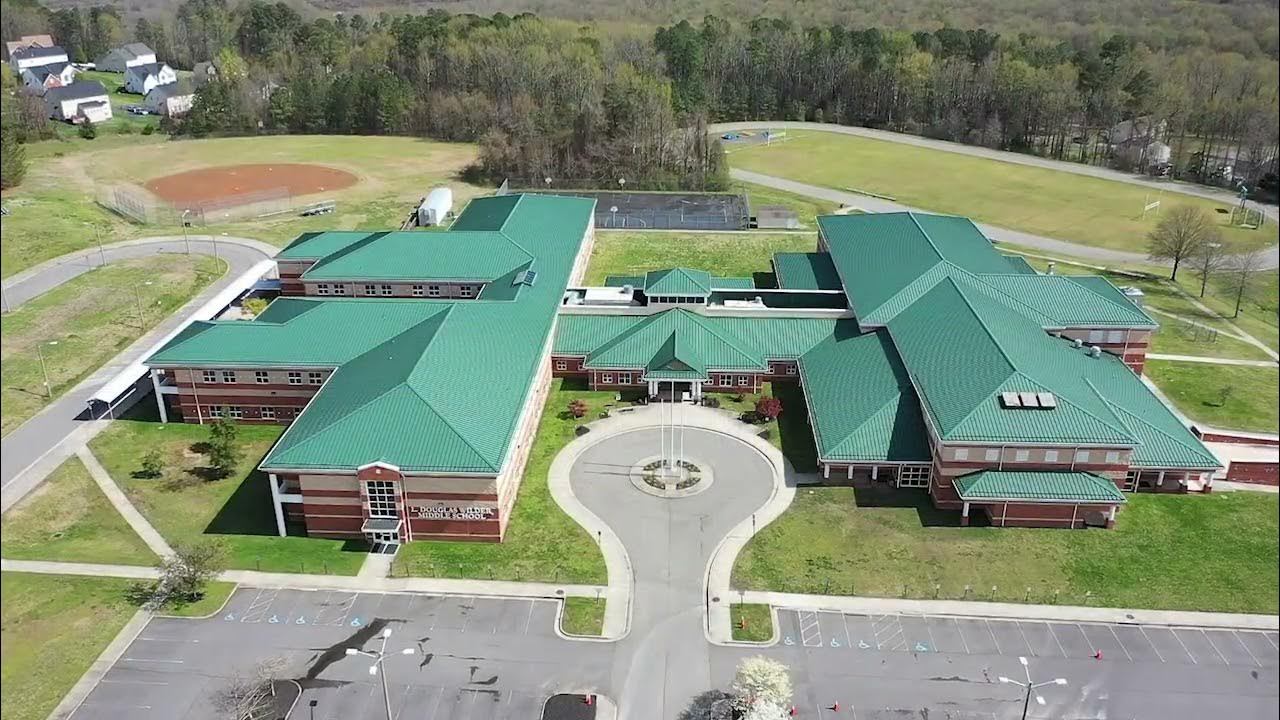

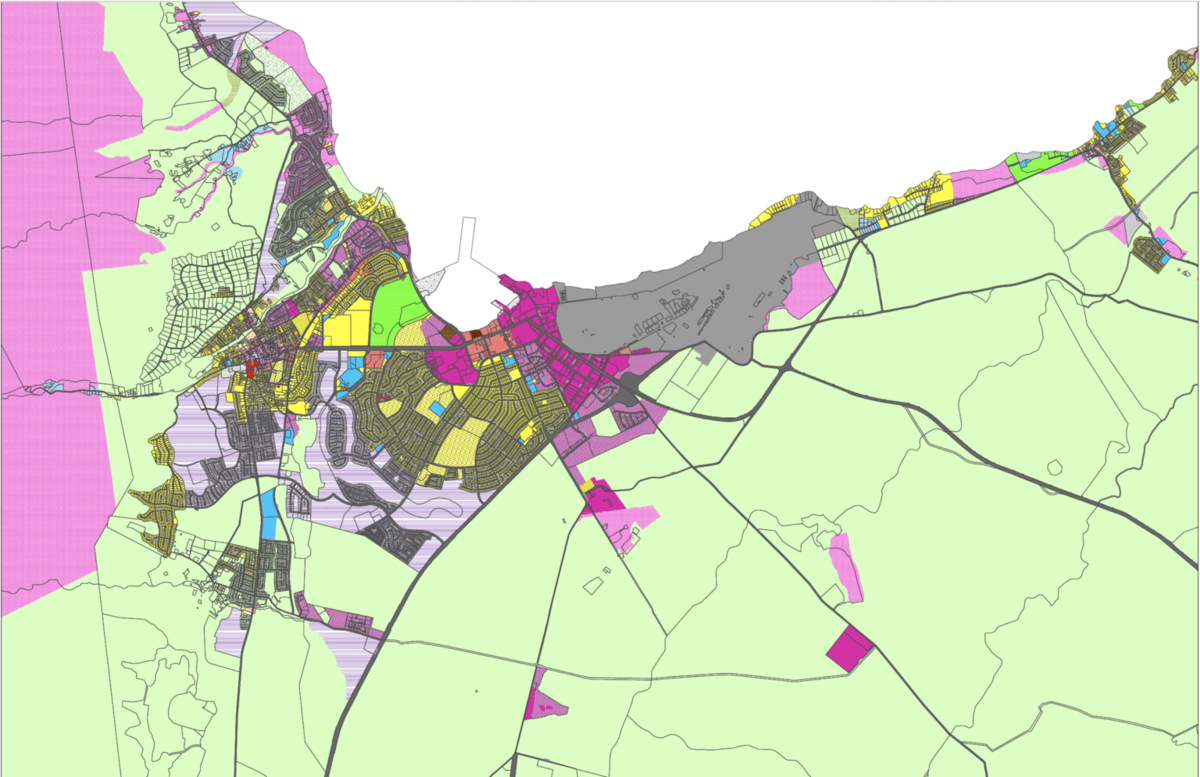


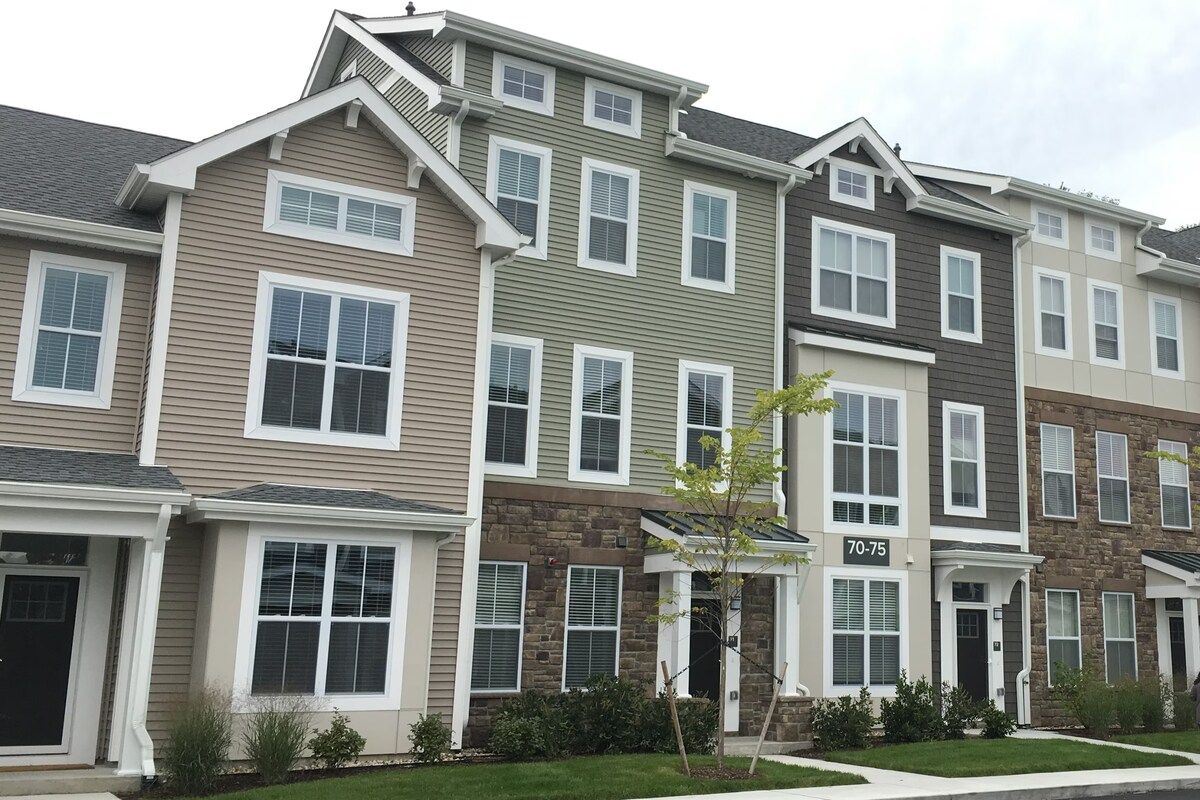
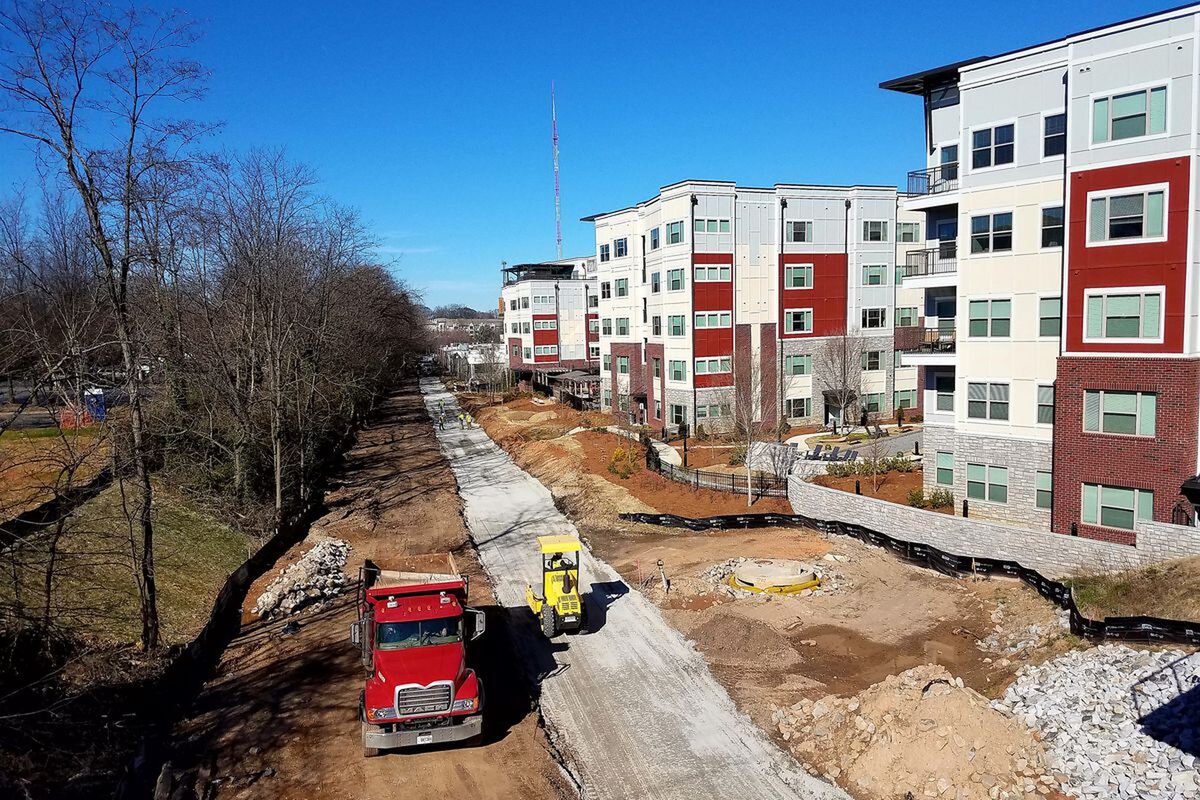
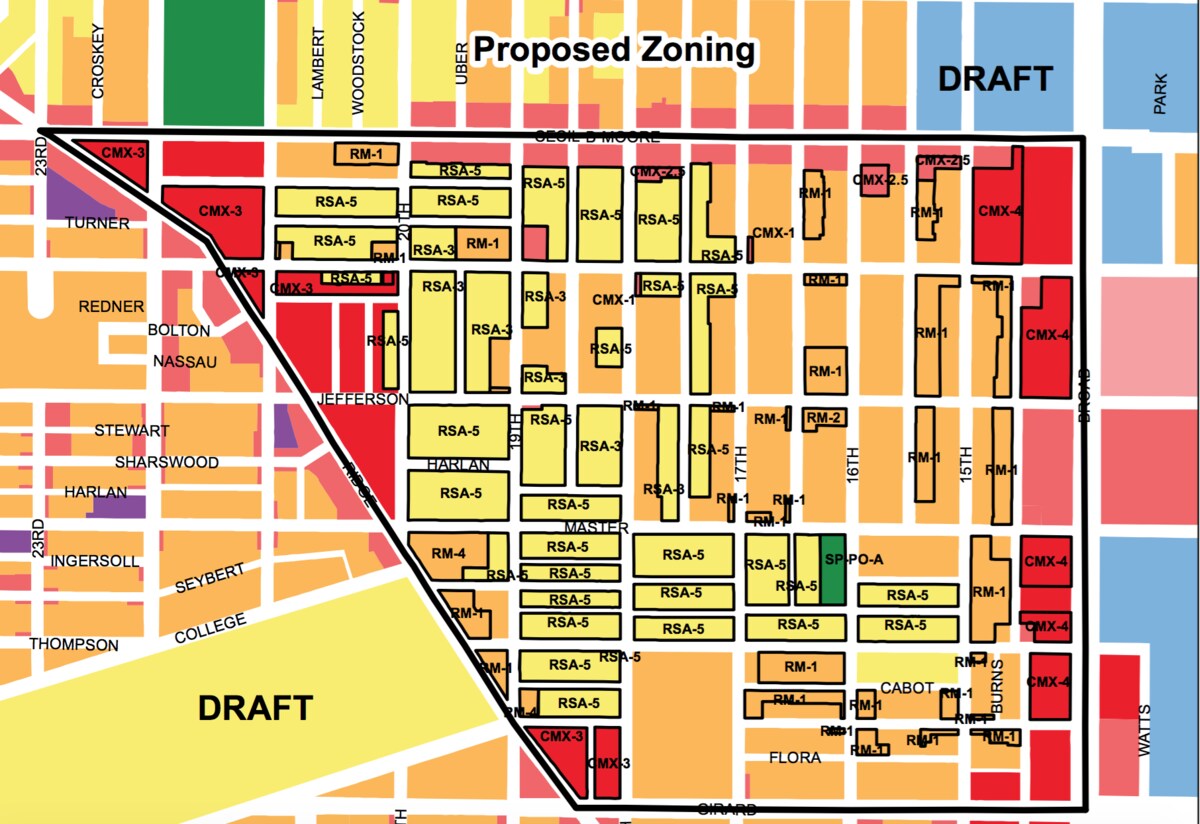
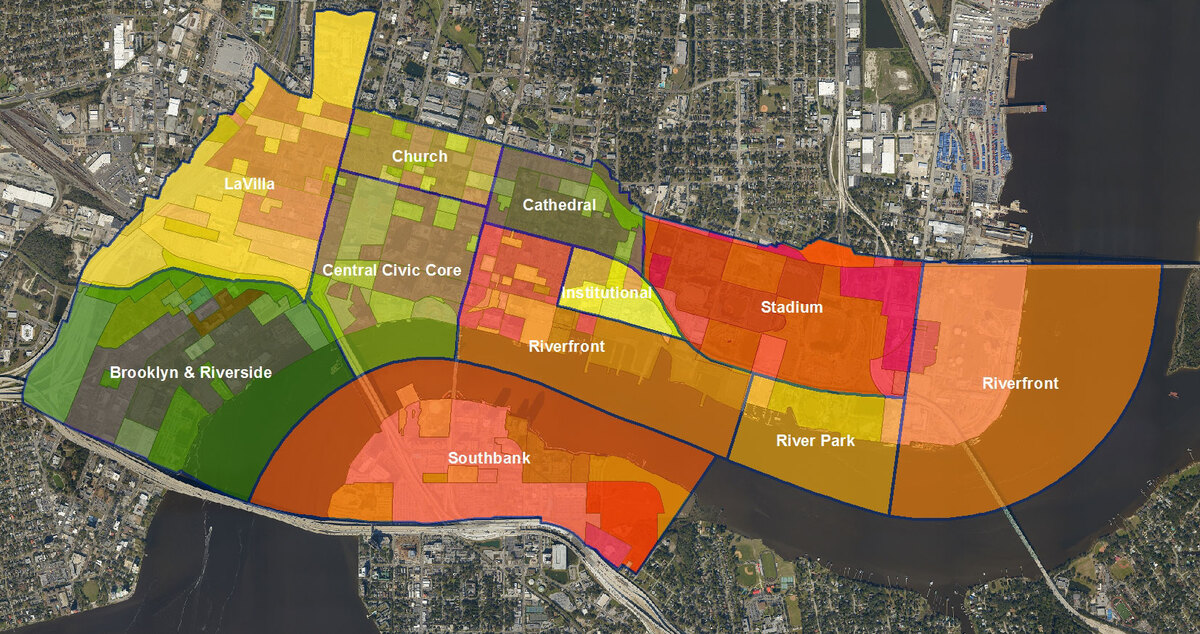


0 thoughts on “Which Is The Best Example Of Zoning?”